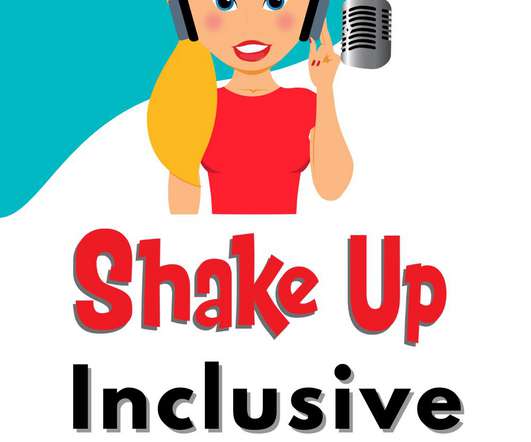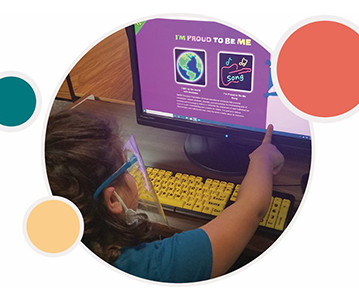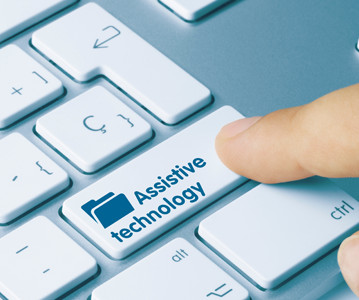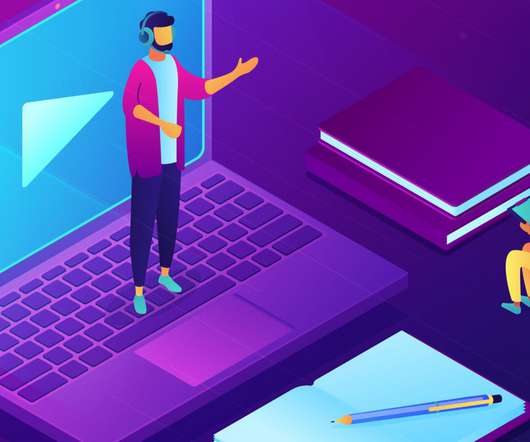Using Inclusive Technology to Break Barriers and Empower Learners
edWeb.net
AUGUST 4, 2023
CITES advances the conventional definitions of accessible and assistive technologies by providing a practical blueprint for districts to create inclusive environments for all members of their population. For example, including students and parents provides a different perspective and helps to drive holistic inclusivity.

















Let's personalize your content